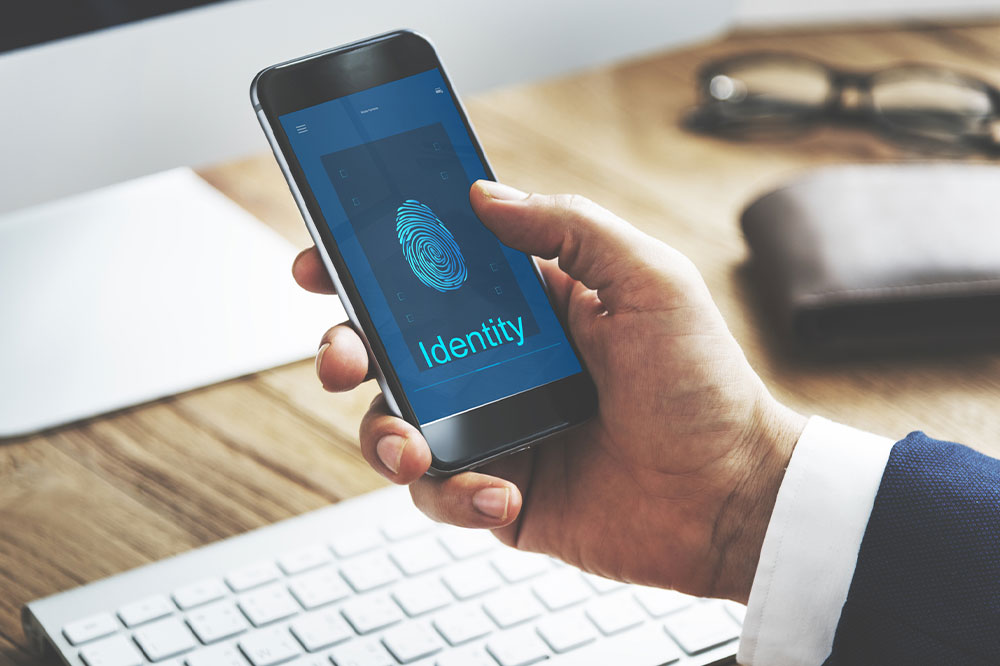
Biometric devices – Types, features, and accessories
Security worries are more common than ever in our changing world. Traditional methods of authentication continue to face vulnerabilities and are less secure. Biometric devices have emerged as a game-changing solution for this. Leveraging unique physiological or behavioral traits, these devices offer enhanced security measures. These are impossible to replicate or forge. This article explores the diverse range of biometric devices, their evolution, services, accessories, and features.
The evolution of biometric devices
Biometric technology has come a very long way. Fingerprint scanning was the primary form of biometric authentication. Advancements in technology have led to the development of various other biometric modalities. These newly found advances have revolutionized the field of security. They offer more accurate and reliable identification processes.
Types of biometric devices
Different individuals, as well as organizations, use biometric devices. The different types of biometrics are:
- Fingerprint identification
Fingerprint scanners capture different patterns on the fingertip. This makes it reliable and accurate. - Iris recognition
Iris recognition devices scan the intricate patterns of the eye. This modality offers a high level of accuracy and is difficult to forge. - Facial recognition
Facial recognition devices analyze distinctive facial features to identify individuals. - Voice recognition
Voice recognition devices analyze unique voice patterns. It uses phone-based authentication systems. - DNA analysis
It offers the highest level of accuracy. This is due to an individual’s unique genetic code. Yet, they are used in specialized security scenarios due to their complexity and cost.
Biometric devices – Enhanced security features
Biometric devices offer several key features that enhance security:
- Unique identification
Each person possesses distinct biometric traits. This makes it impossible to replicate or forge. This uniqueness reduces the risk of unauthorized access. - Real-time authentication
Biometric devices provide instantaneous identification and verification. They ensure quick and efficient access to secure areas or systems. - Non-transferable credentials
Methods such as ID cards or biometric traits cannot be stolen, decreasing the risk of unauthorized access.
Biometric monitors and accessories
In addition to the primary biometric devices, there are various biometric monitors and accessories . There are also different biometric accessories available to enhance their functionality. These include:
- Biometric readers
These devices connect to computers or access control systems. It enables the integration of biometric authentication methods. - Biometric locks
Biometric locks use fingerprint or iris recognition. This secures physical spaces such as doors, safes, or cabinets. - Biometric time attendance systems
These biometric accessories record employee attendance. They also prevent buddy punching or time theft.
Biometric repair and services
As biometric devices become prevalent, the demand for trustworthy and budget-friendly biometric repair and services also rises. Biometric repair and service providers offer expertise in diagnosing and resolving issues. These services ensure that biometric devices function and maintain the security of organizations.
Biometric as a Service (BaaS)
Biometric as a Service (BaaS) uses biological and behavioral traits to identify and authenticate persons. It is especially useful for both large and small organizations. These organizations wish to capitalize on the benefits of biometrics. This can be done without sustaining major upfront costs.
Biometric devices have revolutionized the field of security. With their ability, these devices provide reliable and accurate authentication. The availability of biometric monitors and the emergence of BaaS all contribute to biometric solutions adoption.




